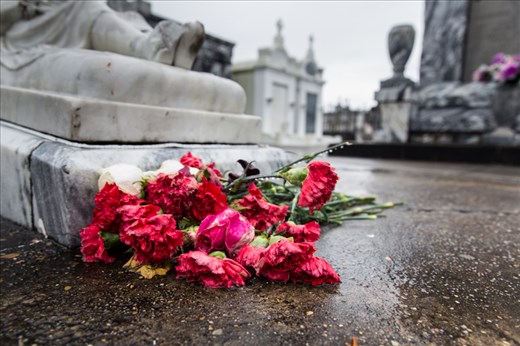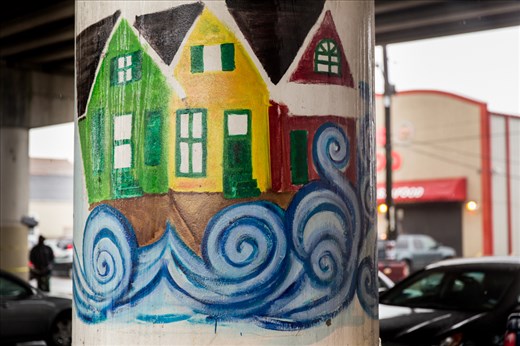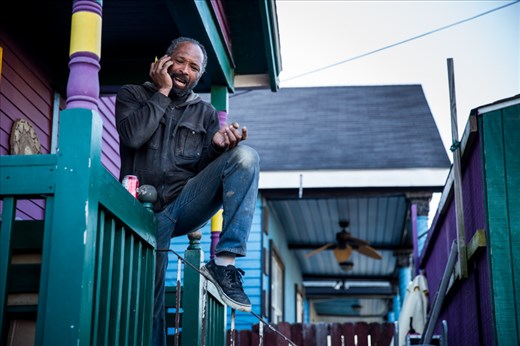
“Our cemeteries are above ground, we bury above ground because New Orleans itself is 8 ft below the sea level. And this particular cemetery had a bunch of coffins that actually got loose and were floating up and down the streets”.
On my way from the airport to the city, the taxi driver tells me a story that I didn´t know - about a story that everybody knows. On August 2005, New Orleans entered from one day to the following in everybody´s house. Katrina, the most destructive hurricane in the history of the USA, had hit the city and the news shook the whole world. But beyond the images of the catastrophe and media coverage, how can a foreigner really understand the suffering of people who have suddenly found their city under water?

Arriving in the place where everything happened makes me truly understand how huge the devastation was, but also allows me hear personal stories of people who was here during the hurricane.
Such is the case of Bernard, who decided to stay in the city after making sure that his family, already evacuated, was safe. He needed to fight for his house, the home he built that was his life. When Katrina hit the mouth of the Mississippi, the levees (especially built for keeping the city dry) didn´t work as they should. The rest is an already known story. Bernard was at his house when the city lost power, water supply, telephone signal. Many people evacuated but those who stayed - they were now in land of nobody.
With the absence of authorities, crime started to own the city. After a few days, even the survivors had to hide inside their own houses - because any sign of the living would mean that there was food to be had. For the next days Bernard lived without making any noises, without speaking, without going out of his house, living in the dark and using only a laser to find his next step.

In the meanwhile, his family, evacuated, knew nothing about what had become of him. Media coverage only showed images of the most affected areas, which were completely flooded and destroyed. They never mentioned that there were also some parts of the city that weren't so affected by the floods.
One day the phone rang. At first, Bernard thought he might have gone crazy. It had been many long days without any kind of service (including cell phones). But this sound was different. Half surprised, half excited, he ran upstairs towards his room. On the other side of the this forgotten phone line he found a stunned voice asking for Bernard. “It´s me, who is this?”. An old classmate of his secondary school had found his number in an old note book. Bernard asked her to please call his family and let them know he and his house were still standing.
Like this story, thousands of other stories were written during Katrina - their endings sometimes not as happy. Today, nine years after the tragedy, people from the more affected (and poorer) neighbourhoods, are still trying to rebuild their houses. They are fighting to close the wound of a scar that will stay forever.
“Right up here you´ll see the Superdome. And inside of the Superdome a lot of people were pretty much trapped inside there during Katrina. A part of the ceiling was turned off so it was raining in there... They also had different gangs fighting each other and you heard stories of women getting raped there... I mean... It was a huge mess, really really bad. You know, a lot of people lost their lifes inside there...”
